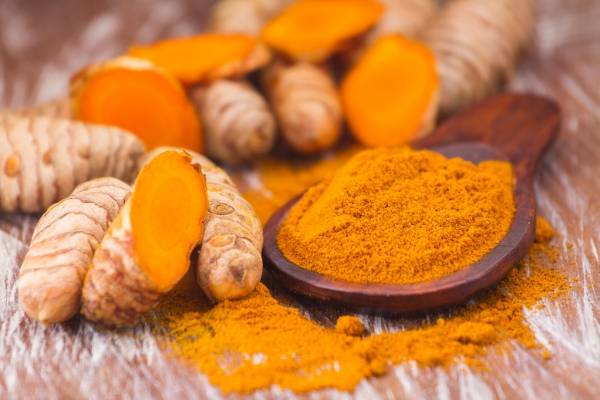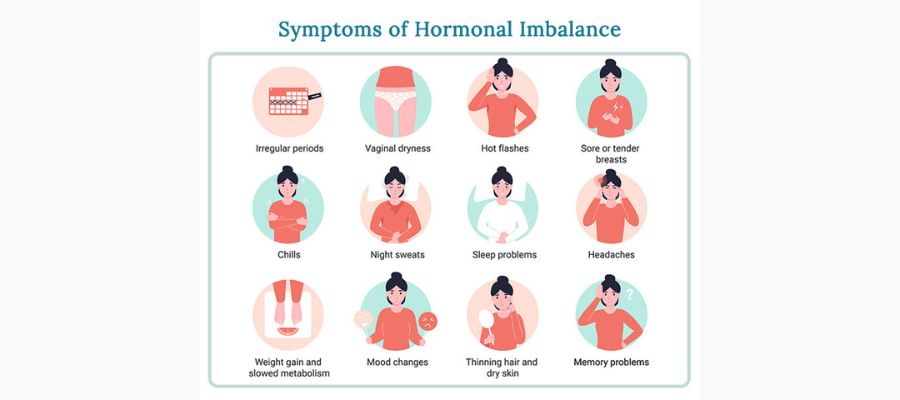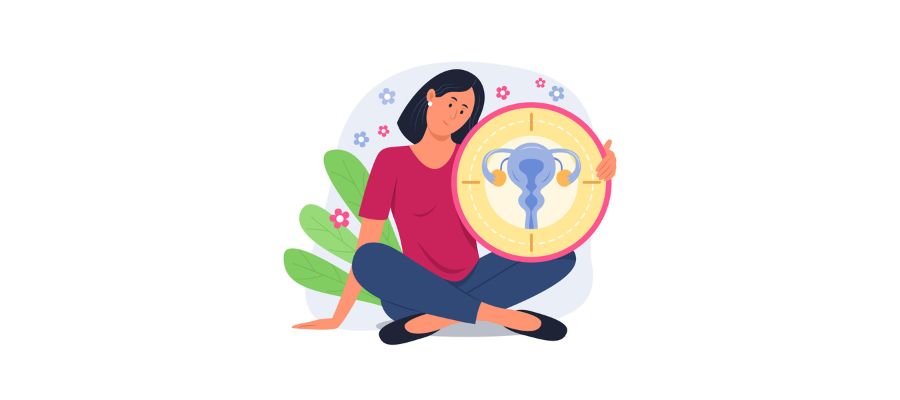
SCIENTIFIC NAME: Curcuma longa
FAMILY: Zingiberaceae
SHORT DESCRIPTION
Turmeric has a long history of use in many parts of the world for thousands of years. The outer layer is brown, but the plant is yellow inside. This is the part that is the active ingredient. Turmeric, a miracle supplement, is proven to help with almost everything that's wrong with your body. Turmeric is used to treat pains, wounds and cuts, for inflammation, to prevent complications of pregnancy, to provide relief from bleeding and to relieve skin conditions.
EFFECT ON TRIDOSHA:- Balance tridoshas.
USES/BENEFITS/DISEASES
- Promote digestion and help relieve indigestion, gas, and heartburn.
- Boosts the immune system.
- Improves heart health.
- Relieve arthritic joint pain, especially in knees, hips, shoulders, elbows, wrists, and hands.
- Helps in treating food allergies include milk, soy, eggs, corn, wheat, dairy, gluten, nuts, and soy beans, among others.
- Heal ulcers, sores, and wounds with pace.
- Well known for preventing many digestive disorders, high cholesterol and helping to manage a healthy weight.
- Prevent digestive issues such as gastrointestinal bleeding, hemorrhoids, stomach pain, upset stomach and diarrhea.
PRECAUTIONS/ SIDE EFFECTS
- Constipation, dyspepsia, diarrhoea, distension, gastroesophageal reflux, nausea, vomiting, yellow stool, and stomach discomfort are the most prevalent adverse effects of irrational turmeric usage. Consult expert.
HOW TO USE
- Drink turmeric tea at least three times a day to improve digestion.
- Take 500 mg. of turmeric powder in half cup of warm water morning and evening to boost immunity and heart health.
- Drink a glass of turmeric milk during bedtime to relieve your running nose.
- To treat a sinus infection, make a decoction with ½ tsp of turmeric powder, one lemon, and honey.
- A face pack composed of turmeric and milk cream (malai) helps remove blemishes and pigmentation.










